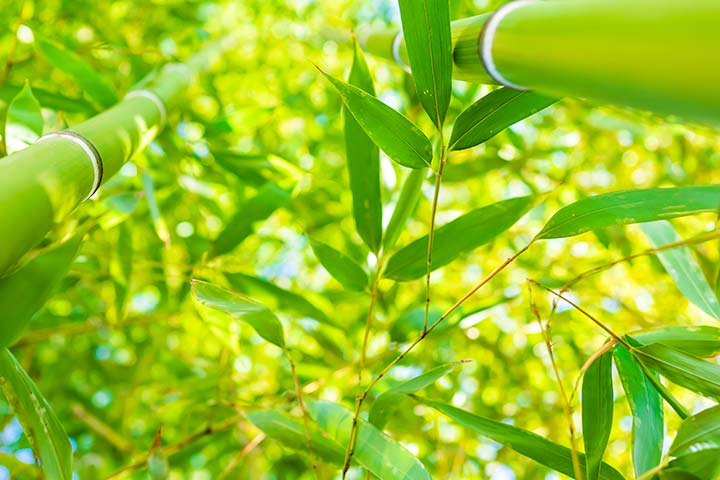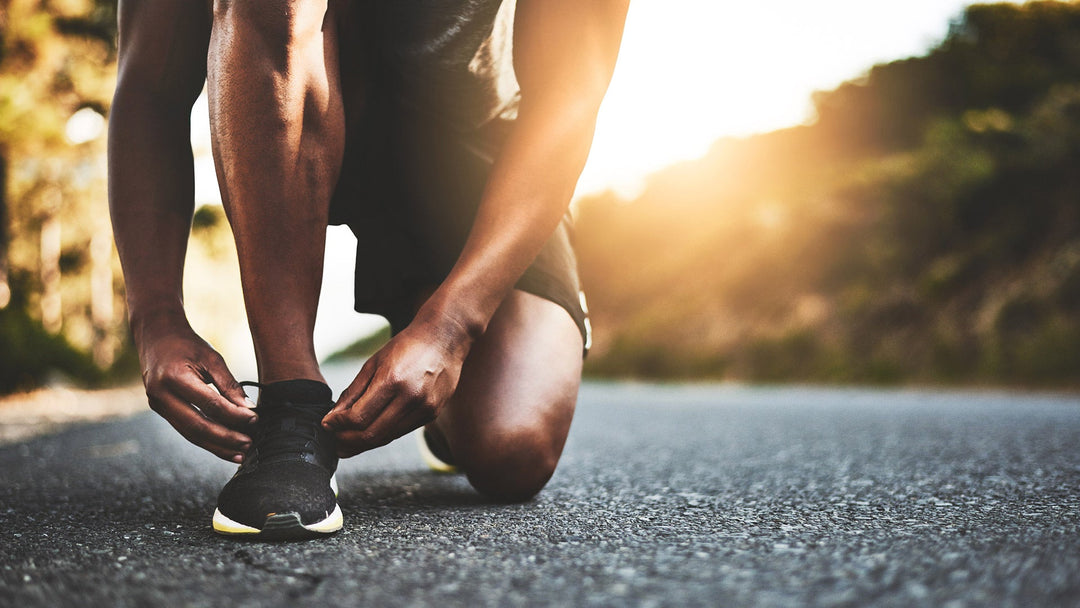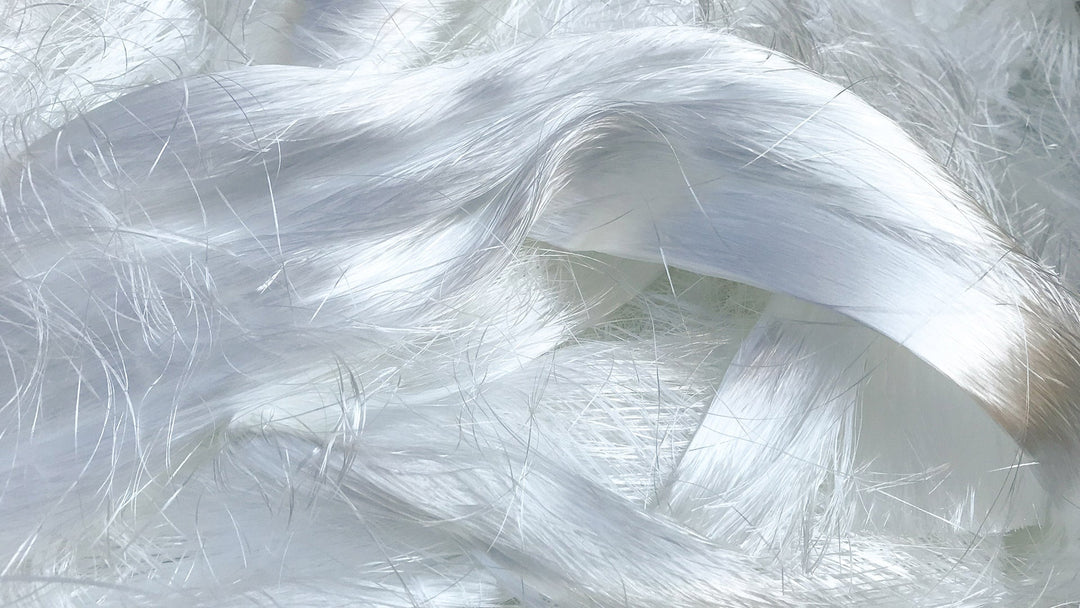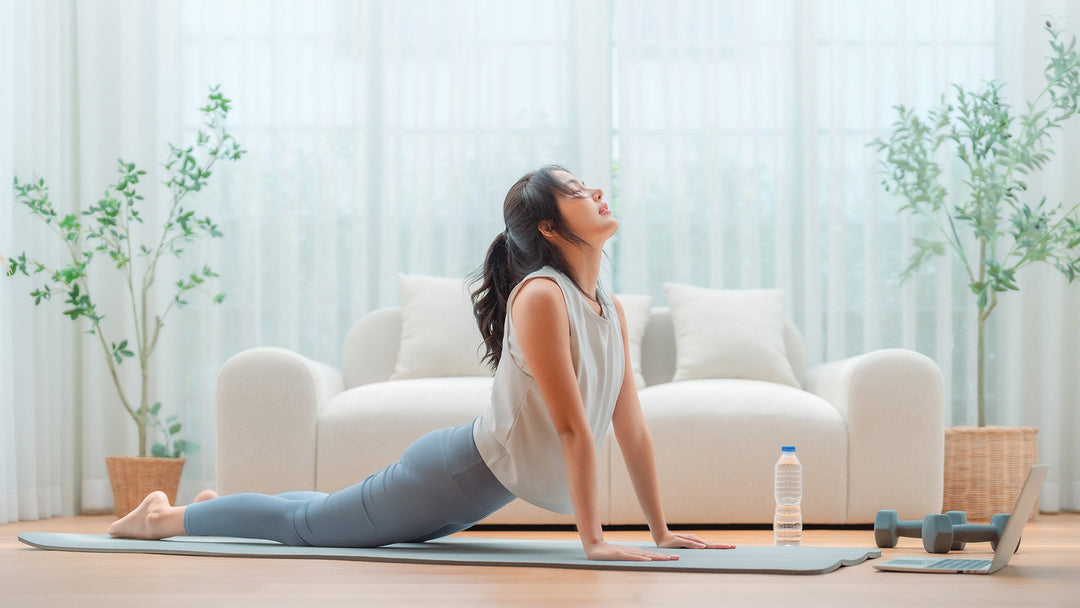We hope you go on to enjoy many years of your Bamboo, in your garden or in your home.
Growing bamboo at home can bring a multitude of benefits beyond just its aesthetic appeal. One of the main advantages of growing bamboo is that it is a highly sustainable crop. It is one of the fastest-growing plants in the world, and it can reach maturity in just a few years, making it an ideal choice for those looking to reduce their environmental impact.
Bamboo is also an excellent natural resource, as it can be used for a variety of purposes, including construction, furniture, and clothing. In addition, bamboo is known for its ability to absorb large amounts of carbon dioxide from the atmosphere, making it an extreamley environmental positive plant, Moreover, bamboo can also provide a natural barrier for noise pollution, making it an ideal plant for those living in urban areas. And because bamboo requires very little water and maintenance compared to other plants, it is a great choice for those looking to create a low-maintenance and sustainable garden.
Overall, growing bamboo at home can bring a wide range of benefits, from its sustainability to its versatility and functionality. With its unique and beautiful appearance, it is no wonder why bamboo is becoming an increasingly popular choice for those looking to make their homes and gardens more sustainable and eco-friendly.
How best to plant:
- Start by selecting a pot that is at least 6 inches deep and has drainage holes at the bottom. Make sure it's large enough to accommodate the bamboo seeds and has enough space for growth.
- Fill the pot with a well-draining potting mix or use coco peat (if possible) as a base. Make sure it's moist but not waterlogged.
- Sow the bamboo seeds about 15mm deep into the soil, depending on the size of the pot you are using place about 10mm apart. Cover the seeds lightly with soil and gently press it down to ensure good soil-to-seed contact.
- Water the soil thoroughly, making sure that the top layer of soil is moist. Avoid overwatering, as this can lead to the seeds rotting.
- Place the pot in a warm, well-lit area that receives plenty of sunlight. Bamboo seeds need plenty of light to germinate and grow, so placing them near a window with sunlight or in the garden with sunlight is ideal.
- Keep the soil moist by watering it regularly. Bamboo seeds need to be kept moist for successful germination.
- After 7 to 10 days, the seeds should start to germinate and sprout. Once they have sprouted, reduce watering frequency but make sure the soil remains moist.
- Once the seedlings have grown to about 15cm in height, they can be transplanted to larger pots or to their final outdoor location.
In summary, for successful germination and growth of Dendrocalamus strictus bamboo seeds, use a well-draining potting mix or coco peat, keep the soil moist but not waterlogged, place the pot in a warm, well-lit area that receives plenty of sunlight, and be patient as it can take up to a month to see growth. And enjoy knowing you are growing something beautiful and doing good for our planet.








